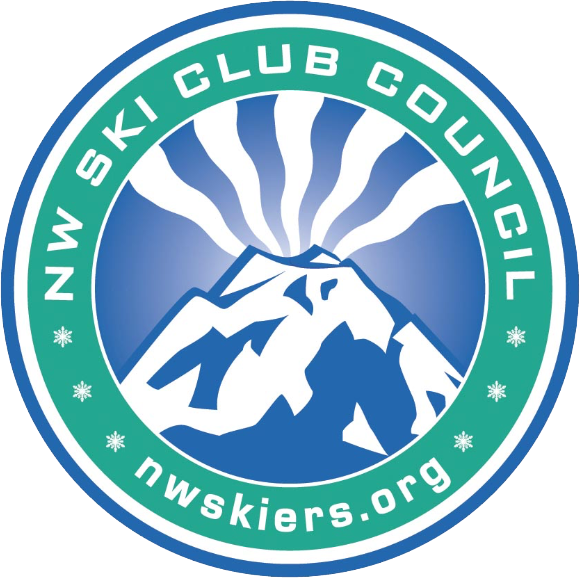Be Prepared for Your Winter Mountain Adventures!
/By Sue Rimkeit, NWSCC Vice President
With high anticipation, you head off for a fun day in the mountains. However, one mishap could sink your plans. The slogan of the Scouts can save the day: Be Prepared. The following are tips for preparing your car for winter, things to pack in your car, driving tips, and what to do for you and your sports equipment.
Check your snow chains.
Get your car ready for winter. The tuneup should include checking the heater, battery/cables, antifreeze, window washer fluid (below zero, -25º), and winter wiper blades. How are your tires and chains? There are now two kinds of snow tires: studs that can be used in some states, and studless. If your tires have a snowflake, they are snow tires. Your tires need tread – check them. Be sure your chains/cables are in working order, with tighteners. Practice how to install them before you are marooned on a snowy road in a snowstorm! A ground cloth and gloves are handy, and a snowsuit you can shed when you get back in the car. Some other tools that should be in your car are a shovel, jack, lug wrench, Leatherman or similar tool, jumper cable and tow rope. You could end up helping another driver. The following are important safety items: first aid kit, flashlight, flares, bottle of sand/kitty litter (be your own sander), lighter/matches, candle, de-icer, ice scraper, cell phone/charger, whistle, blanket, reflective clothing/vest, long coat/boots, hand and toe warmers, water and food/protein bars.
On the road. Before you depart, have a new map and check road conditions. Be sure to tell a friend where you are going and a timeline. Fill your tank with gas, not you with alcohol. When you are on the road, the following are some safety tips: Leave early or late to avoid the rush, even consider taking a bus. Defense is the offense; others could be out of control. Some potential surprises lurk: ice, black ice, sloping icy pavement, drifts of snow, whiteouts.
The temperature matters. Outside temperature gauges (even after market) are very useful. At 32 degrees and above, mushy wet snow can give you a spin, while your tires will bite better on drier snow at colder temperatures. If you ride the center of your side and the edge, sometimes you get more bite with less fright. The tires of the cars in front of you can give you information; if spraying water it means wet, whereas snow sticking to the tires means it is drier. Leave tailgating for football, not the road. If stopping, be sure to be in full view of other cars and off the road. Use your flares if needed. Do not stop in an avalanche area. Treat the other drivers like you would like to be treated. Remember speed can kill, and also throws gravel and blinding snow. If you are a slow driver, let others pass in a safe place. The story of the tortoise and the hare can apply on the road. An accident or crash costs money, time, pain, suffering, and even death, with no re-do. If there is a traffic stop and blocked road, trying to go around could cause more problems. Waiting your turn is best.
You and your equipment. Your own body and equipment need pre-season preparedness. Have you worked on stretching, strength and cardio? Is your equipment in safe working order and still fits? Your local pro may need to do detail checks. Your outside clothing should be water repellant. You should wear a helmet which fits and has had no previous blows. Hand and toe warmers sure help. Sunglasses and goggles are a must to save your eyes from UV’s, stinging snow, and even low branches if you are in the trees.
Make sure you have helmets that fit you properly.
On the hill. So, you made it to the hill with all of your tuned equipment, fit body and mind. Skiers, like hikers and people who float on water, should have a handy whistle. Your voice does not carry and three blasts means help. In case of an accident or crash on the hill, the involved skiers and witnesses should exchange contact information.
Sooo, with preparedness and consideration of others, all should enjoy the winter...Think Snow!



